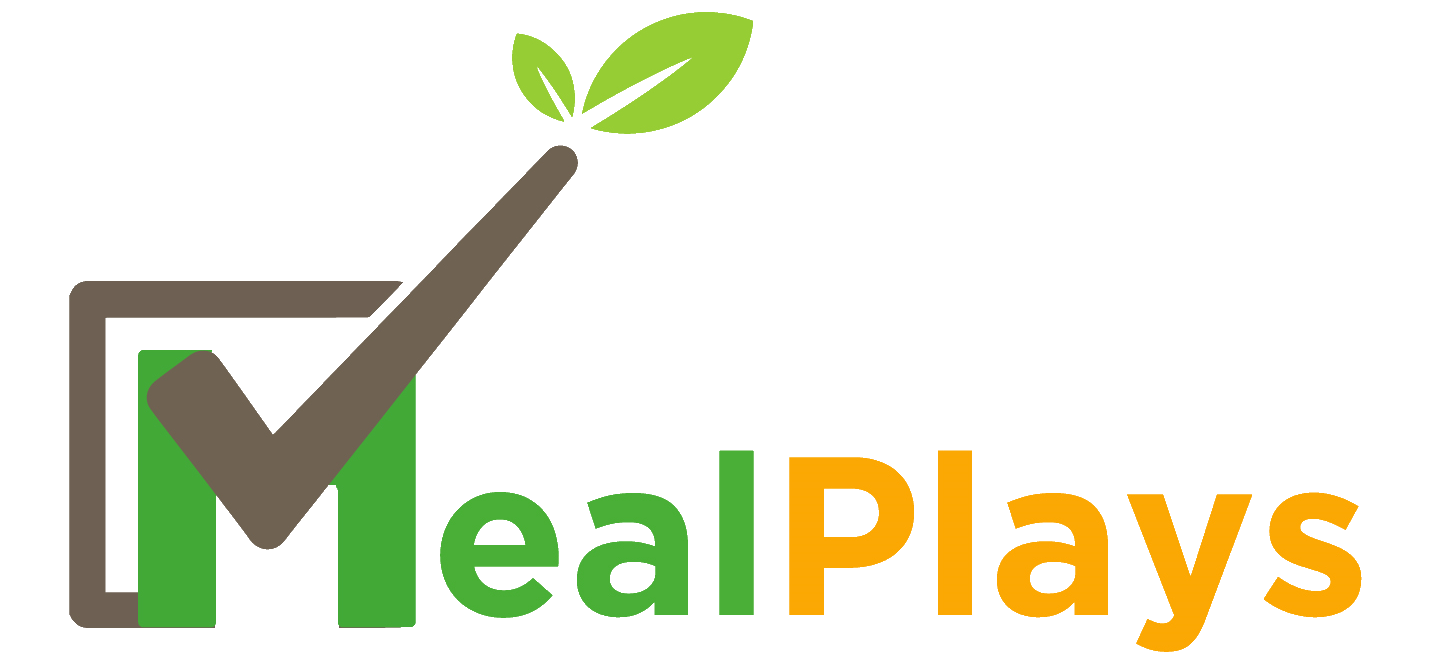The ketogenic diet has been developed to treat several health conditions. After a while, it turned out that this nutritional system brings good results in the fight against excess weight, and now many athletes and popular personalities often resort to this method of losing weight. What are the advantages and disadvantages of the keto diet, what is included in the diet and what contraindications should be considered in our article.
What is the keto diet
The principle of the nutrition system is to eliminate fast carbohydrates and most of the complex ones, replacing them with proteins and high amounts of fats. As a result, the body’s glucose levels are greatly reduced, which we need for energy production. But the body cannot do without “fuel”, and then it starts the process of ketosis. Subcutaneous fat begins to break down to form ketone bodies, which are eventually used as alternative energy.
A similar state of ketosis can be achieved through prolonged fasting, but this is extremely harmful to the body. Therefore, people more and more often choose the keto diet for weight loss, where the number of calories is not inferior to the usual balanced diet, and the feeling of hunger does not bother.
Varieties of the keto diet:
- classic – 75% fats, 25% proteins and only 5% complex carbohydrates from the total calorie intake;
- target (more comfortable option) – 65% fats, 20% proteins and 15% carbohydrates;
- high protein (often used by athletes) – 65% fat, 30% protein and 5% carbohydrates;
- cyclical – the classic diet of the keto diet on weekdays and the usual balanced diet on weekends.
What foods are included in the diet
Given that the ketogenic diet focuses on fats and proteins, a list of permitted foods has been formed. You can easily afford:
- meat, poultry, offal, fish and seafood;
- ham and bacon;
- high fat dairy products (milk, butter and cheese);
- nuts and seeds;
- chicken eggs;
- high quality vegetable oils;
- olives and avocados;
- mushrooms;
- apples and any berries;
- non-starchy vegetables (cabbage, tomatoes, asparagus, cucumbers, bell peppers, zucchini) and greens.
When it comes to drinks, the keto diet includes water, tea and coffee, which can be added with milk or cream. Sometimes you can pamper yourself with a glass of dry wine. Other alcohol is strictly prohibited.
There are many examples of ketogenic diet menus on the internet. Egg dishes are often offered as breakfast, of course without bread. For lunch, you can serve fish or meat with brown rice, for dinner – poultry or seafood with fresh vegetables. As a snack – dairy products or permitted fruits.
The daily calorie intake is the same as you usually consume, or slightly less. Hunger should not be allowed, otherwise failures will follow.
Prohibited
There is also a list of foods that are best avoided while following the keto diet:
- flour products and most cereals;
- starchy vegetables (potatoes, carrots, beets, corn, pumpkin);
- sugar in its pure form and in confectionery;
- high-carbohydrate fruits (bananas, grapes, pears);
- packaged juices and sweet soda;
- legumes;
- sauces containing sugar;
- low fat dairy products;
- Alcohol.
Pros and cons of the keto diet
Practice shows that the ketogenic diet helps you lose weight evenly without feeling hungry and losing muscle mass. This is due to decreased appetite (usually fueled by sweets and baked goods), getting energy from fat instead of glucose, and improving metabolism.
In addition, many adherents of this nutritional system improve their skin condition by eliminating many harmful foods from the diet. Also, let’s not forget that the ketogenic diet was designed to improve the health of people in certain diseases. However, such a nutritional strategy has not yet been recognized by any of the global nutritional community, since the keto diet has not only advantages, but also disadvantages.
When switching to a keto diet for the first few days, the body experiences stress due to a lack of carbohydrates. The person begins to suffer from headache, apathy and irritability. These symptoms then go away, but the discomfort at the beginning can provoke a breakdown.
Also, from the side effects, experts note a lack of vitamins that can only be obtained from prohibited foods, problems with the gastrointestinal tract and bad breath.
It is important to note that the listed disadvantages most often occur with prolonged adherence to a diet, which is why such a nutrition system is designed for a short period – no more than three to four weeks.
Contraindications
If you do want to try the ketogenic diet on your own, make sure you don’t contraindicate it. The power supply system is not recommended for people with:
- pregnancy and lactation;
- diabetes mellitus;
- high cholesterol;
- diseases of the gastrointestinal tract;
- kidney problems;
- malfunctions of the thyroid gland;
- liver diseases.
What is important for beginners to know
If you approach any power system wisely, you most likely will not have any problems. Use this checklist if you are considering following a ketogenic diet.
Be sure to consult with your doctor and make sure that you do not have the listed contraindications.
Start gradually reducing the amount of carbohydrates, it is better to use the target type of keto diet – it is more comfortable for the body.
Follow the diet for three to four weeks and no more than twice a year. This power supply system is not suitable for permanent use.
Add a little more complex carbohydrates to your diet on high-activity days.
If you notice that in a few weeks the diet has not yielded results, stop experimenting on your own and contact a professional dietitian.
The main thing is to remember that diets are only good for the short term. And our best friend is a balanced diet. Try to stick to it, move more, and then your body will become the best version of itself!

